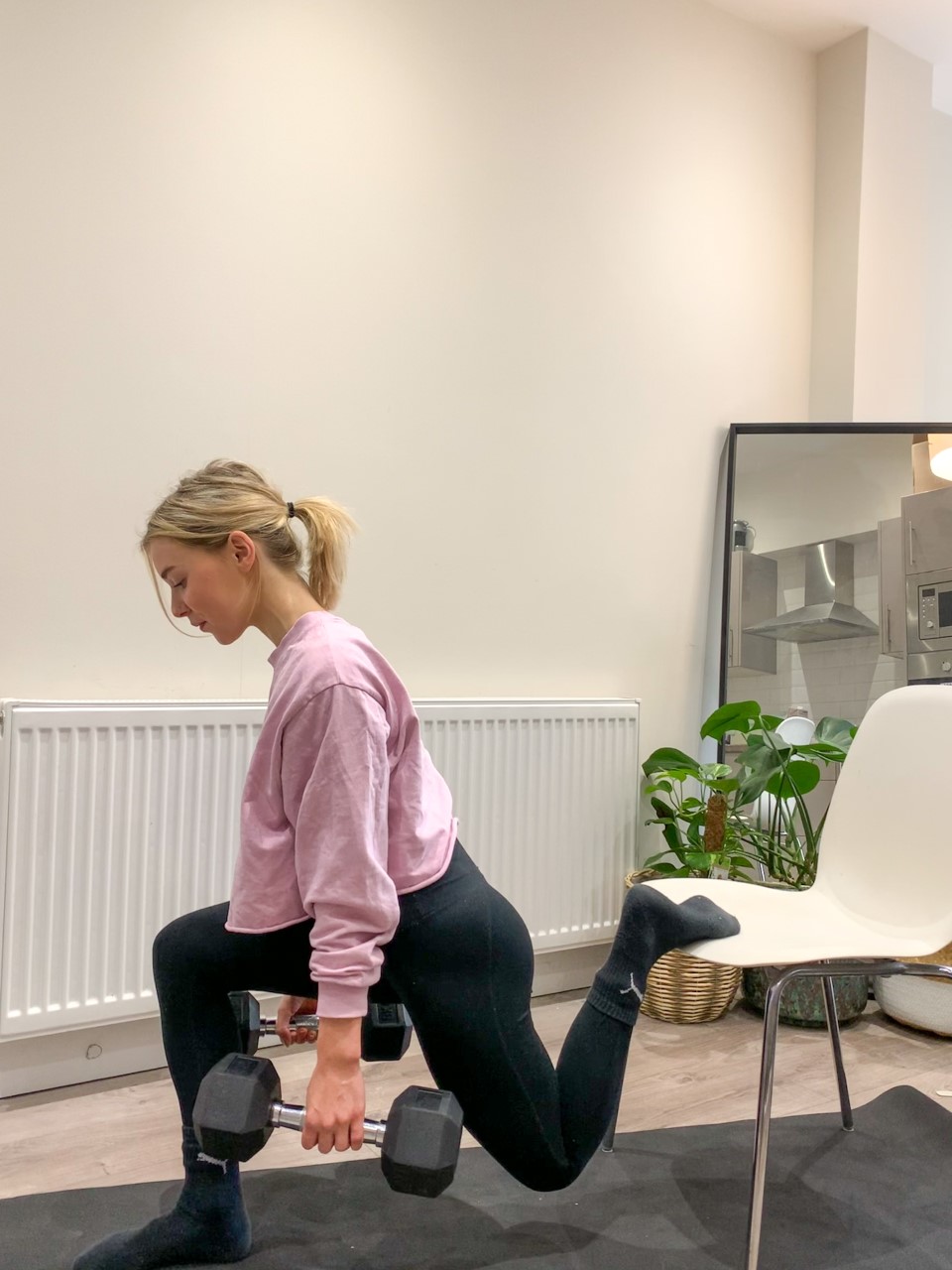It might be time to stop wearing trainers during your home workouts. This is why…
I take my workout outfits pretty seriously. I don’t know anyone who is as fussy about leggings as I am and I’ve only found a few pairs that meet my needs of a) being super comfortable yet compressive and b) fit my 5ft 1in frame. Then there’s the sports bra, which I prefer without padding or wire, yet need enough support to see me through high-intensity workouts such as boxing, handstands and HIIT. I’m even fussy about my socks, but that’s too boring to get into.
Yet when I’m flinging my activewear on ahead of my 7am workouts, there’s one thing I don’t spend time fussing over: trainers. Not because getting the right shoes isn’t important – it really is. But because I don’t wear shoes to workout in.
You may also like
5 best leggings to see you through lockdown – for everyday comfort and sweaty workouts
During lockdown, many other people have discovered the benefits of barefoot workouts. Perhaps that’s because it feels more sanitary when working out from home – it saves us from treading dirt into an expensive workout mat – or because we’ve been opting for yoga and pilates rather than high-intensity workouts.
My editor, Meriam, turned to shoe-free workouts simply because it was too hot in her flat to wear shoes. “I figured that since I was doing a low-impact workout of weight lifting, it wouldn’t really matter. Plus, I had seen fitness trainer Alice Liveing exercising barefoot on her feed.
“I stuck with training barefoot (even for a lot of my cardio workouts) throughout the entire summer, purely for the comfort, and when winter rolled around, I realised that I really enjoyed it and didn’t feel the need to go back to wearing trainers,” she says.
The benefits of exercising barefoot
The simple fact is that by going barefoot, you’re not wearing running shoes. “Running shoes are like walking on clouds,” says Alice Miller, weight lifting expert from the Strong Women Collective. While that’s great to absorb the impact on your joints when actually running, it’s the opposite of what you need when strength training.
“For building functional movement patterns in strength training, we want to optimise stability. Not wearing trainers helps to grip through the feet, keeping us stable,” says personal trainer Nancy Best. Given that one of the most common cues in training is to push through your heels, it doesn’t make sense to have them bunched up inside a cushioned shoe.
“When we have bare feet we can connect with the floor and really grind into it. We can then transmit more force through the body to lift things, so it does improve your performance as you’ll have proper stability,” agrees Alice.

For Meriam, training barefoot “improved my balance, especially when doing unilateral exercises. I felt like trainers restricted the expansion of my feet and kept me from feeling as stable.”
But allowing your feet to spread out naturally can also protect you from injury. “Often niggles in the ankle or arch of the foot are missed because people aren’t paying enough attention to what’s happening in their feet if they are covered by cushioned shoes,” adds Nancy.
That was how I was introduced to barefoot training. I only had one pair of trainers that I actually liked working out in (I told you I was fussy) and so I wore them for everything: cardio, weight lifting, walking… you name it. That habit ended in a painful dose of tendonitis in my foot and, after that, I became a convert to flat soled weight lifting shoes and barefoot training and it has made a huge impact – by being able to grip the ground I feel more in control of my body, and it improved the position of my ankles, hips, core and chest.
You may also like
The best gym shoes for weight training and resistance workouts
What workouts can you do without trainers on?
“Arguably you can do any strength-based training barefoot, providing you don’t drop a weight on yourself,” says Alice. Yep, that even means taking your trainers off in the gym is OK – although it’s probably best to kick your shoes off once you get to the squat rack, rather than just walking round a public gym with no trainers on. You might also want to leave your socks on for hygiene reasons and “make sure they’re clean – is there anything worse than the smell of someone else’s feet?” says Nancy.
If no shoes feels bizarre to you, you can get a similar impact with barefoot-style shoes or even just flat, weight lifting trainers which allow your feet to better grip. You can get barefoot-style trainer for running, but whether you wear these or a cushioned trainer is down to preference. However, you probably want to wear shoes with a bit more cushion when doing HIIT to absorb some of the impact of jumping.
Follow @StrongWomenUK on Instagram for the latest workouts, delicious recipes and motivation from your favourite fitness experts.
Images: Getty
Source: Read Full Article
